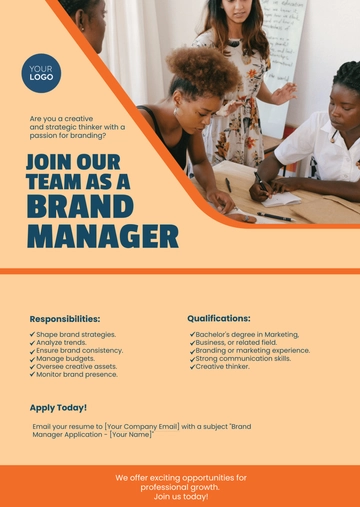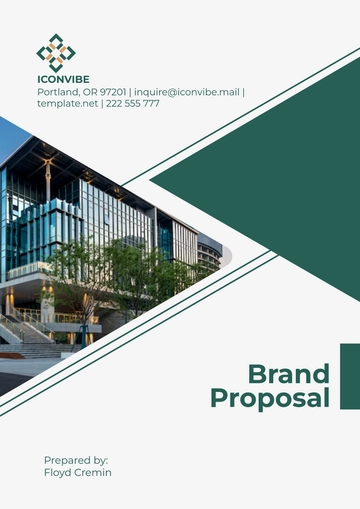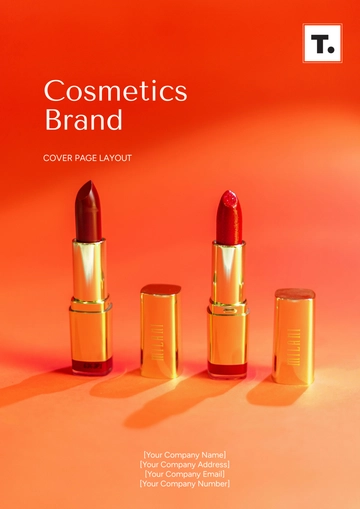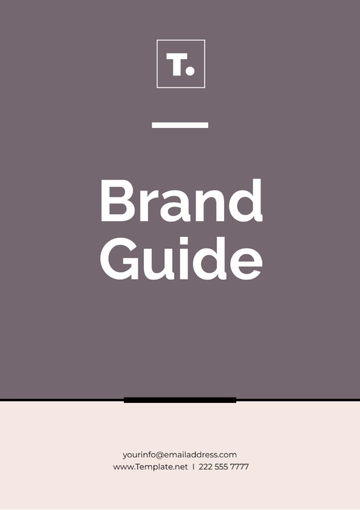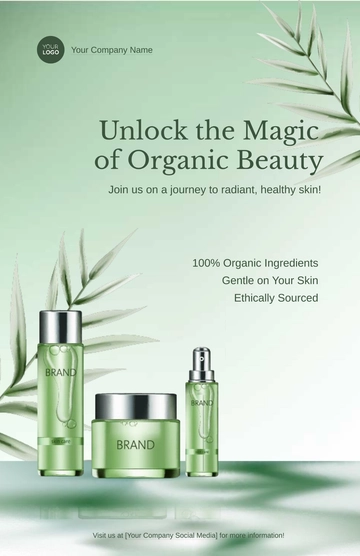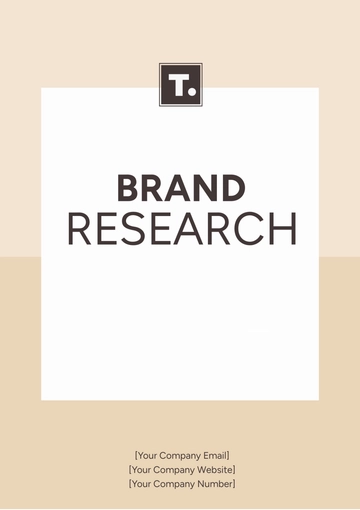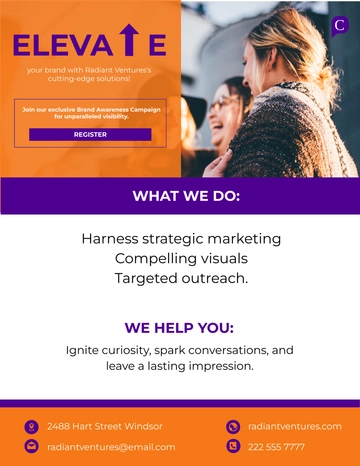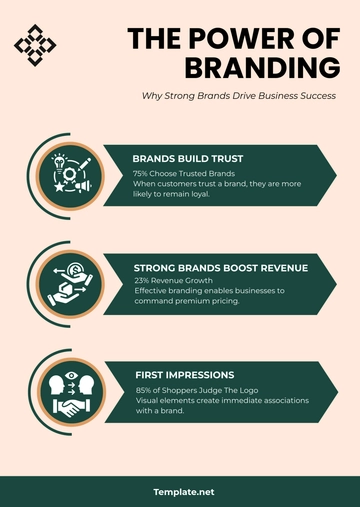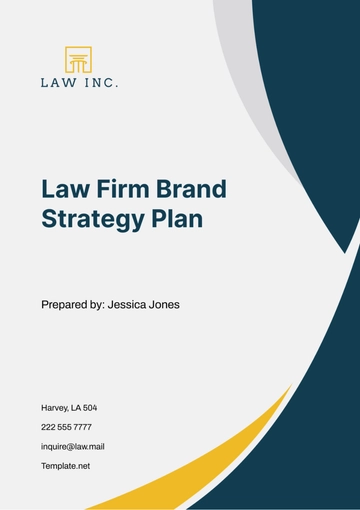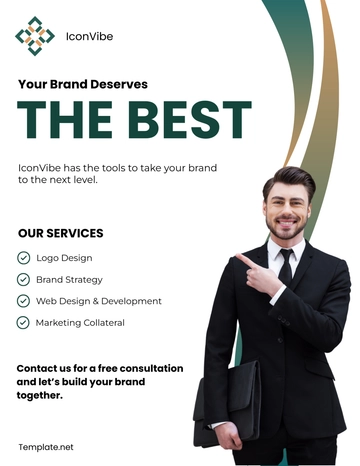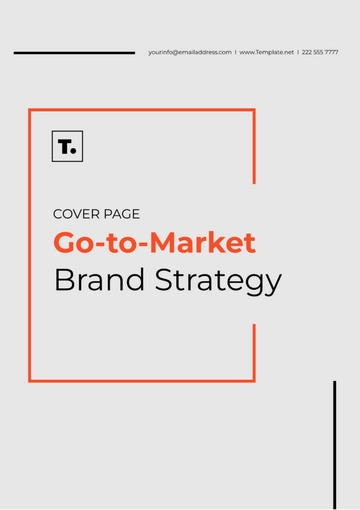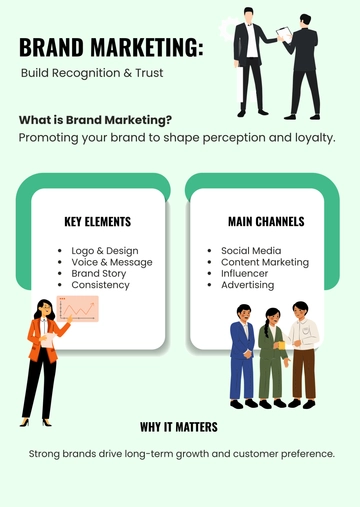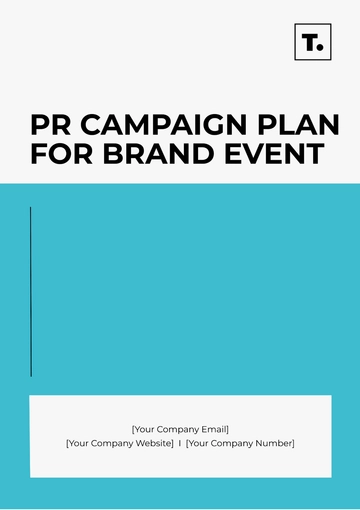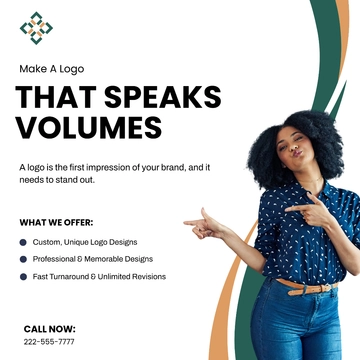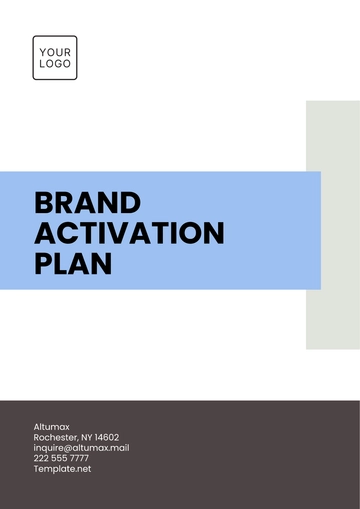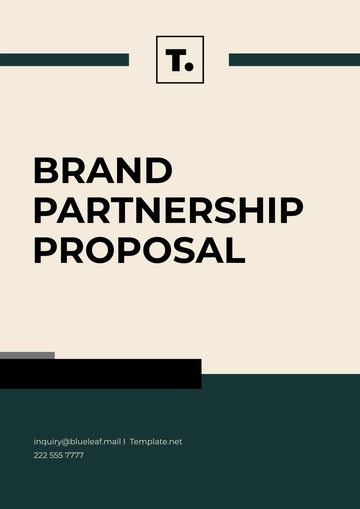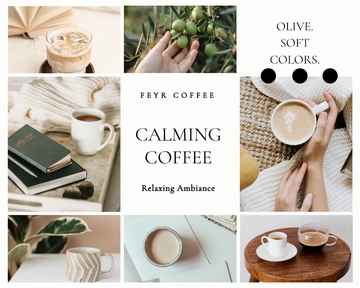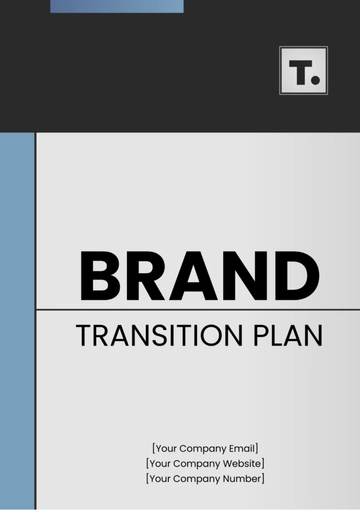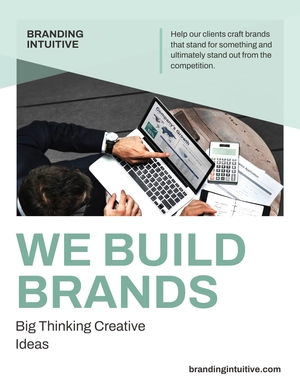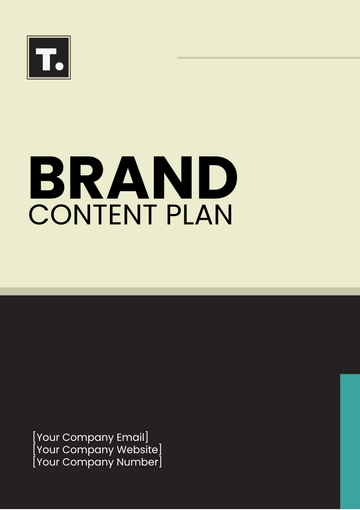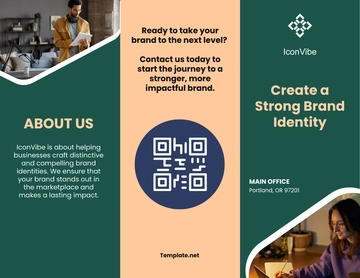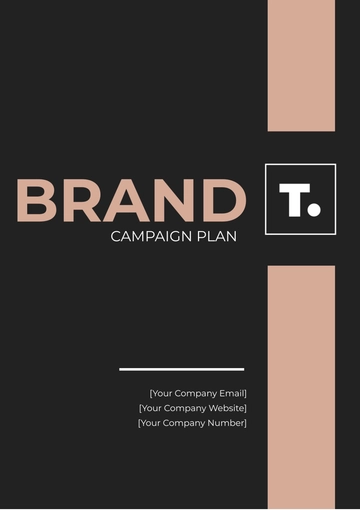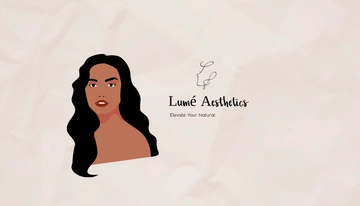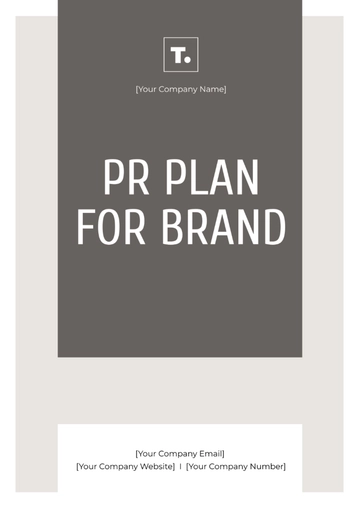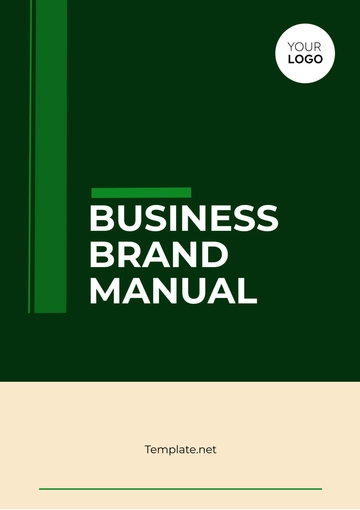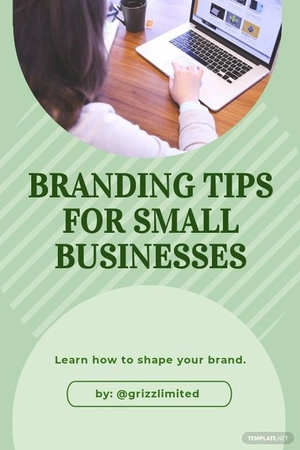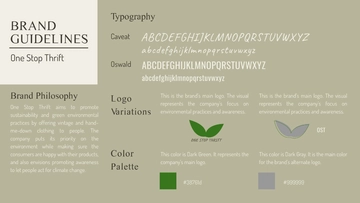Free Digital Marketing Brand Style Guide
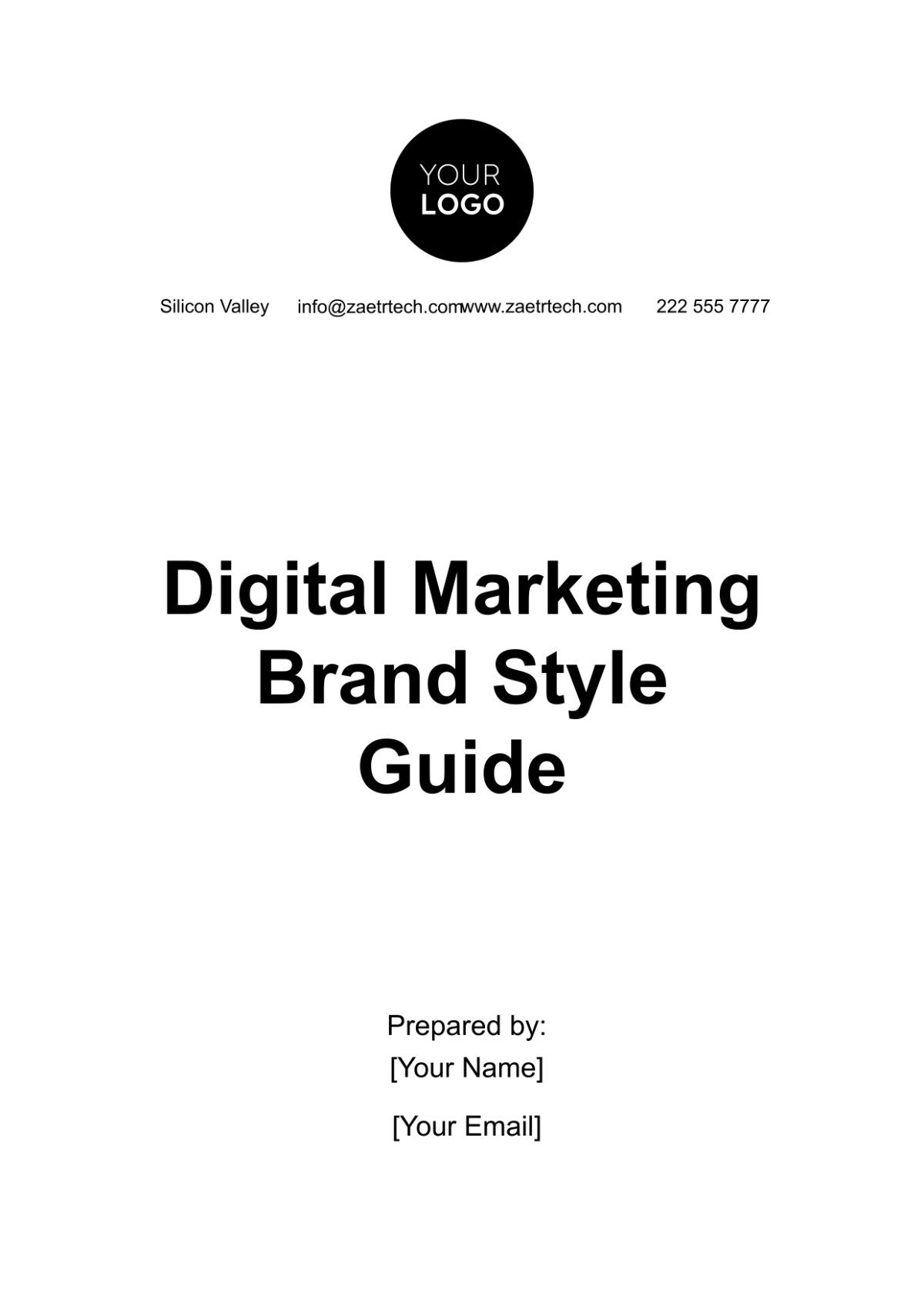
I. Introduction
A. Purpose of the Brand Style Guide
The Digital Marketing Brand Style Guide for [Your Company Name] is designed to unify and standardize our approach to digital marketing across all platforms and media. This guide outlines specific protocols for presenting our brand in a way that aligns with our corporate values, strengthens our brand identity, and ensures consistency in messaging and design. By following this guide, we aim to deliver a cohesive brand experience to our audience, enhancing brand recognition and trust. Each section of this guide provides detailed instructions to help create materials that are not only visually appealing but also effectively communicate our brand's core messages.
B. Scope
This guide applies to a wide range of digital marketing materials produced by [Your Company Name], ensuring that every piece of content maintains the highest standard of brand integrity. The scope includes but is not limited to:
Website Content: All text, images, and design elements on our corporate website. Ensure that website content is engaging, informative, and reflects the brand's identity.
Social Media Platforms: Content and interactions on platforms such as Facebook, Instagram, LinkedIn, and Twitter. Posts should be consistent with our brand's tone and visual style.
Email Marketing Campaigns: All email communications, including newsletters, promotional offers, and customer outreach. Each email should align with our brand's visual and verbal identity.
Digital Advertisements: Display ads, video ads, and sponsored content. Ads must adhere to brand guidelines to effectively capture attention and drive engagement.
Online Presentations and Videos: Visual and textual content used in webinars, online workshops, and video content. Maintain a professional look and feel while conveying key messages clearly.
Paid Media and Sponsored Content: Content created in collaboration with external partners or sponsors. Ensure that such content aligns with our brand’s standards and goals.
This guide is intended for use by all employees, marketing teams, external partners, and agencies associated with [Your Company Name]. It is essential for maintaining a unified brand presence in all digital marketing efforts.
II. Brand Identity
A. Brand Name Usage
1. Official Company Name
The official name of the company is “[Your Company Name]”. This name should always appear exactly as stated, with correct capitalization and spacing. Use the full name in all formal communications, including press releases, official documents, and marketing collateral. Consistency in name usage helps in building brand recognition and credibility.
2. Alternative Name Usage
In more informal contexts or internal communications, “[Your Company]” may be used. This abbreviated form should only be used after the full company name has been clearly established, and never as a standalone reference in formal materials. For example, in a blog post, you might say, "At [Your Company], we are committed to...," after initially introducing the full name.
B. Logo Usage
1. Primary Logo
The primary logo for [Your Company Name] features a [describe the logo, such as “bold, geometric design in navy blue with the company’s name in white serif typeface”]. This logo is the cornerstone of our visual identity and should be used prominently in all marketing materials.
The primary logo should always be displayed in its original proportions and colors. For example, when used on a white background, the logo should remain navy blue to ensure maximum contrast and visibility. The minimum size for digital use is [50] pixels in height to maintain legibility and integrity.
Logo Element | Specification |
|---|---|
Logo colors | Navy Blue [#001F3F], White [#FFFFFF] |
Minimum size | [50] pixels height for digital use |
Safe space | [10]% of logo width around all sides |
Ensure that there is ample white space around the logo to prevent visual clutter and maintain its impact. For instance, when placing the logo on a banner, the safe space should be equivalent to [10]% of the logo’s width on all sides.
2. Secondary Logos
Secondary logos, including simplified versions or monochrome alternatives, may be utilized in specific contexts where the primary logo might be less effective. For example, the monochrome version might be used on colored backgrounds where the primary logo would not provide sufficient contrast. Secondary logos should adhere to the same size and placement guidelines as the primary logo.
3. Logo Do's and Don’ts
Do: Use the logo in its designated colors and proportions. Ensure that it is clearly visible and prominent in all applications.
Don’t: Alter the logo's colors, distort its shape, or apply unnecessary effects. For instance, avoid adding drop shadows or gradients that could detract from its clarity and recognizability.
C. Color Palette
The color palette is a fundamental aspect of our brand identity, playing a crucial role in ensuring consistency across all digital platforms. Our color palette includes both primary and secondary colors, each serving specific purposes in our digital marketing materials.
1. Primary Colors
Primary colors are the foundation of our visual identity and should dominate our design elements. For example, Navy Blue is used for major headings and backgrounds, while White serves as a contrast for text and key visuals.
Color | Hex Code | Usage |
|---|---|---|
Navy Blue | #001F3F | Use for backgrounds, major headings, and buttons |
White | #FFFFFF | Use for text, logo, and accent elements |
Primary colors are integral to establishing brand recognition. For example, Navy Blue is used extensively in our website headers and email templates to maintain a cohesive look and feel.
2. Secondary Colors
Secondary colors provide additional flexibility and visual interest, complementing the primary palette. Use these colors to add variety and highlight specific elements without overshadowing the primary colors.
Color | Hex Code | Usage |
|---|---|---|
Light Gray | #D3D3D3 | Ideal for backgrounds, borders, and subtle design elements |
Coral | #FF7F50 | Use for CTAs, important highlights, and callouts |
Soft Yellow | #FFD700 | Apply in accents, dividers, and visual highlights |
Ensure that secondary colors are used in moderation and always in conjunction with primary colors to maintain brand consistency. For example, Coral might be used in buttons or callout sections to draw attention while keeping the overall design aligned with the brand’s visual identity.
3. Accessibility Considerations
Accessibility is a priority in our design process. To ensure that all digital content is accessible to users with visual impairments, color combinations must meet established contrast ratios. For instance, text on a background must have a contrast ratio of at least [4.5:1] to ensure readability. Tools such as color contrast checkers can be used to verify compliance with these standards.
D. Typography
Typography is a key component of our digital brand identity, impacting readability and the overall aesthetic of our materials. Consistent use of typefaces and styles contributes to a unified brand presentation.
1. Primary Typeface
Our primary typeface is Lora, a serif font known for its readability and elegance. This typeface should be used for all major headings and body text to convey professionalism and clarity.
Font | Usage | Weight | Example |
|---|---|---|---|
Lora | Headlines, body text | Regular, Bold | [Lora, 24px, Bold for headers] |
Lora should be used for all formal communications, including website content and email newsletters. For example, use Lora Bold for main headings and Lora Regular for body text to ensure consistency and readability.
2. Secondary Typeface
Open Sans is our secondary typeface, chosen for its clean and modern appearance. This typeface is particularly effective for smaller text sizes and functional elements like buttons and captions.
Font | Usage | Weight | Example |
|---|---|---|---|
Open Sans | Buttons, captions | Regular, Light | [Open Sans, 14px, Light] |
Open Sans should be employed in user interface elements and supplementary text to enhance readability and user experience. For instance, use Open Sans Light for button labels and captions to maintain a clear and modern look.
3. Text Hierarchy
Maintaining a clear text hierarchy helps guide readers through content and improves overall user experience. Standard text sizes for various elements are as follows:
Text Level | Size (px) | Weight | Usage |
|---|---|---|---|
Headline (H1) | [48] | Bold | Use for page titles and major headings |
Subheadline (H2) | [36] | Bold | Use for section titles |
Body Text | [18] | Regular | Use for paragraphs and general content |
Captions | [14] | Light | Use for image captions and footnotes |
By following these guidelines, you ensure that all textual elements are appropriately emphasized and easily navigable, enhancing the overall readability and effectiveness of our digital materials.
III. Digital Marketing Channels
A. Website
1. Homepage Design
The homepage of [Your Company Name] serves as the first impression for many users. It should feature a compelling hero image or video that immediately captures the visitor’s attention. For example, the hero section might include a high-resolution image of our latest product or a video showcasing our services in action.
Clear Call-to-Action (CTA): Position a prominent CTA button in the hero section, using actionable language like “Discover More” or “Get Started.” Ensure that the CTA stands out by using contrasting colors from our primary palette, such as Coral.
Hero Image: The hero image or video should visually represent [Your Company Name]’s mission or primary services. For instance, if our focus is on innovative tech solutions, the hero image could feature a dynamic representation of cutting-edge technology.
2. Content Layout and Navigation
Organize content in a way that is both visually appealing and user-friendly. Use clear headings, bullet points, and sections to break up text and make information easy to scan.
Navigation: Ensure the navigation menu is intuitive and easy to use. Include main sections such as “Home,” “About Us,” “Services,” “Blog,” and “Contact.” Dropdown menus should be well-organized and responsive to various screen sizes.
Layout: Maintain a clean layout with consistent use of whitespace to avoid overwhelming visitors. For example, use margins and padding to create clear divisions between sections and ensure that content is not cluttered.
3. Mobile Optimization
With a significant portion of users accessing websites via mobile devices, it is crucial to ensure that all content is responsive.
Responsive Design: Implement a responsive design that adjusts to various screen sizes. Ensure that text remains readable, images scale correctly, and navigation is user-friendly on smaller devices.
Performance: Optimize page load times by compressing images and minimizing scripts. A fast-loading site improves user experience and reduces bounce rates.
B. Social Media
1. Platforms
[Your Company Name] utilizes various social media platforms to engage with our audience and promote our brand. Each platform has its unique characteristics and should be leveraged according to its strengths:
Facebook: Ideal for building community engagement and sharing longer-form content, such as blog posts or company news. Regularly update the page with engaging posts and respond promptly to comments and messages.
Instagram: Focus on visually appealing content, such as high-quality images and videos. Use Instagram Stories and Reels to showcase behind-the-scenes content or quick updates.
LinkedIn: Use LinkedIn for professional content, including industry insights, company updates, and thought leadership articles. Engage with industry groups and connect with professionals in our field.
2. Social Media Voice
Our social media presence should reflect a slightly more casual but still professional tone. Engage with followers in a friendly and approachable manner, and tailor the tone based on the platform and audience.
Engagement: Actively engage with followers by responding to comments, participating in discussions, and sharing user-generated content. For example, share posts from satisfied customers or industry partners to foster community and build relationships.
Content Style: Maintain a balance between professional insights and casual engagement. For instance, while LinkedIn posts may focus on industry trends, Instagram posts might highlight company culture and employee stories.
3. Hashtags and Tagging
Using hashtags and tagging relevant entities can expand the reach of our social media content:
Hashtags: Incorporate branded hashtags (e.g., #[YourCompany]2050) and relevant industry hashtags to increase visibility. Avoid overusing hashtags; typically, [3-5] hashtags per post is effective.
Tagging: Tag partners, influencers, and relevant organizations to amplify our content’s reach. For example, if sharing a collaborative project, tag the partner company and any involved influencers.
C. Email Marketing
1. Email Templates
Consistency in email design reinforces brand identity. Use pre-approved email templates that align with our visual style guidelines, incorporating the [Your Company Name] logo, primary colors, and standard fonts.
Header: Include a header with the company logo and a navigation bar, if applicable. This helps recipients immediately recognize the sender and easily navigate to important sections.
Content Sections: Divide the email into clear sections, such as a main message, featured content, and a CTA. Use visual elements like dividers and images to enhance readability and engagement.
2. Subject Lines
Subject lines are critical for email open rates. Craft subject lines that are engaging and concise, typically no longer than [50] characters.
Action-Oriented Language: Use verbs that encourage action, such as “Discover,” “Unlock,” or “Get.” For example, “Unlock Exclusive Insights in Our Latest Report” is likely to grab attention.
Personalization: Where possible, personalize subject lines with the recipient’s name or other relevant details to increase engagement.
3. Signature Block
The signature block is a key element of email communication, providing recipients with essential contact information and reinforcing brand identity.
Components: Include the sender’s full name, job title, company logo, and contact details (email address, phone number, and company website). Ensure that the signature block is visually consistent with the overall email design.
Examples: For example, a standard email signature might read, “Jane Doe | Marketing Manager | [Your Company Name] | j.doe@[yourcompanyname].com | [123-456-7890] |”.
D. Digital Advertisements
1. Banner Ads
Banner ads should be designed to grab attention quickly and convey a clear message. Use the primary colors and fonts to ensure brand consistency.
Design: Include a strong visual element, such as an eye-catching image or graphic, and a compelling CTA. For example, a banner ad for a promotion might feature a vibrant Coral button with text like “Save [20]% Today!”
Sizing: Adhere to standard banner sizes to ensure compatibility with various platforms. Common sizes include [728x90] pixels for leaderboard ads and [300x250] pixels for medium rectangle ads.
2. Video Ads
Video ads should effectively communicate key messages within a short time frame. Maintain a high production quality to reflect the brand’s professionalism.
Content: Begin with a strong hook to capture interest, followed by a clear message about the product or service. For example, start with a quick, engaging overview and then highlight the benefits or features.
Subtitles: Include subtitles to make the content accessible to users who may watch without sound. Ensure that subtitles are clear and synchronized with the audio.
- 100% Customizable, free editor
- Access 1 Million+ Templates, photo’s & graphics
- Download or share as a template
- Click and replace photos, graphics, text, backgrounds
- Resize, crop, AI write & more
- Access advanced editor
Maintain brand consistency with the Digital Marketing Brand Style Guide Template from Template.net. This editable and customizable template outlines your brand’s visual and messaging standards. Personalize it using our Ai Editor Tool to ensure cohesive branding across all platforms. Enhance your brand identity—design a standout style guide today!
